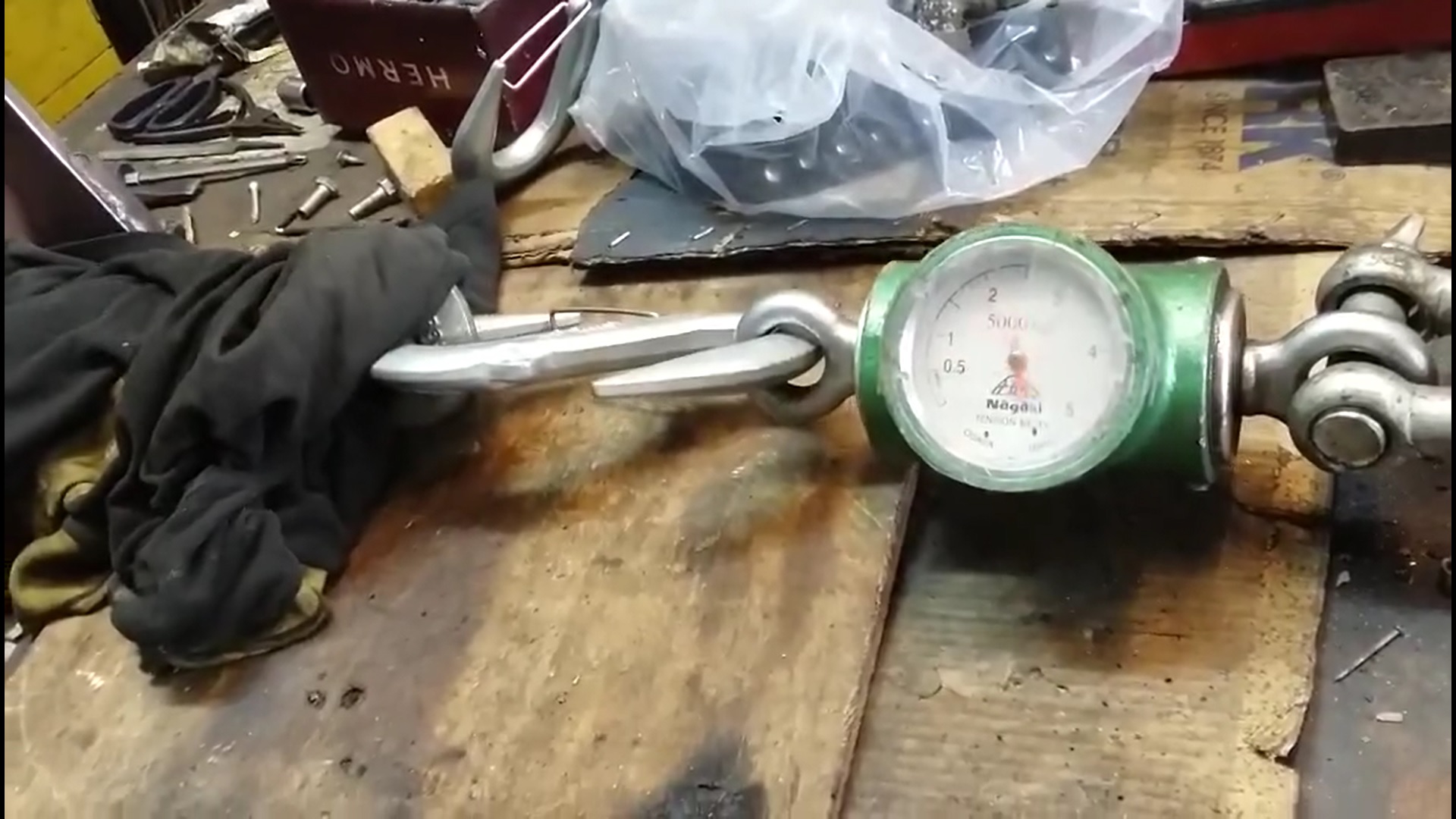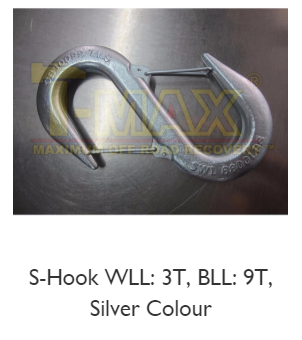Consumer always get confuse by the load term told by sales person while doing purchase, higher the better? It's depends you're referring to working limit or the breaking limit. When you comparing a working limit 1 ton vs a breaking limit 1.5 ton, sales person told you 1.5 ton is better without comparing the exactly correct index, do you still think bigger is better? Let me further explain what's the working limit and breaking limit.
Safety Working Limit (SWL)
While industry standard require every rigging equipment to be rated safety working limit (SWL) on the parts itself, it doesn't mean the parts will break apart when it reach that limit.
Breaking Load Limit (BLL)
By explaining the safety working limit, we should first understanding the breaking load limit (BLL). BLL is the first limit that when the rigging get out of shape. While most of the rigging equipment has a standard that it shouldn't break apart when it does over limit, it shall only go out of shape at first place.
Safety Factor (SF)
Every rigging or country has a safety factor standard that we have to follow, this index isn't visible sometimes. Some country used 1:7, 1:6 or 1:4. Of course the higher the better. These safety factor is only use to compute safety factor, normally for winching to lifting we do suggest to cater in minimum 1:6 safety factor.
Example
When many of you have questioned us about the capacity loading for our s-hook, let me go into details about it. In our s-hook case in the video, we have tested on our own facilities, it could pass over 5 ton easily without any issues. While the destructive test from manufacture had inform us that this hook has 9T BLL.
We actually have tested the s-hook with loaded 9.2mm wire rope, therefore wire rope will fail before our s-hook. (refer to video below)
Refering to wire rope breaking strength,
https://www.engineeringtoolbox.com/wire…
From the data above we know that winch in the market are pair with wire rope BLL, but not WLL. eg 9.5mm wire rope, breaking load is 12200 lbs, it's come with standard spec for most 12000 lbs winch in the market.
When a BLL 5.5 ton (12000lbs) winch pair with WLL 3 ton S-hook, How could you doubt about the s-hook is not competence with the winch? When we considering the limit, we shall compare the exactly right index isn't it?
Related Product:


